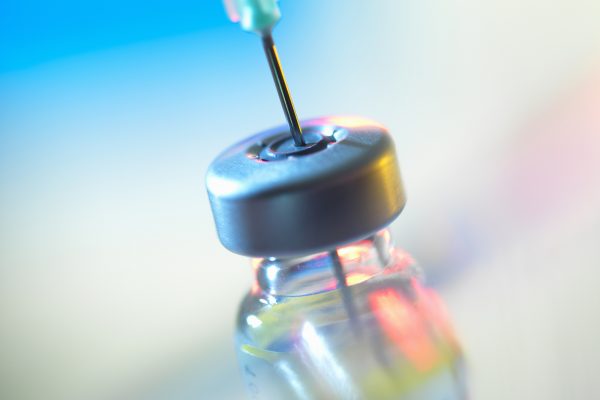
Rituximab added to chemotherapy prolongs survival among adults with B-cell cancer. However, data on its efficacy and safety in children with high-grade, mature B-cell non-Hodgkin’s lymphoma are limited. A new study recently published in the New England Journal of Medicine showed that rituximab added to standard chemotherapy markedly prolonged event-free survival and overall survival among children and adolescents with high-grade, high-risk, mature B-cell non-Hodgkin’s lymphoma.
The open-label, international, randomized, phase 3 trial involved patients younger than 18 years of age with high-risk, mature B-cell non-Hodgkin’s lymphoma (stage III with an elevated lactate dehydrogenase level or stage IV) or acute leukemia to compare the addition of six doses of rituximab to standard lymphomes malins B (LMB) chemotherapy with standard LMB chemotherapy alone. The primary end point was event-free survival. Overall survival and toxic effects were also assessed.
Analyses were based on 328 patients who underwent randomization (164 patients per group); 85.7% of the patients had Burkitt’s lymphoma. The median follow-up was 39.9 months. Events were observed in 10 patients in the rituximab–chemotherapy group and in 28 in the chemotherapy group. Event-free survival at 3 years was 93.9% (95% CI 89.1 to 96.7) in the rituximab–chemotherapy group and 82.3% (95% CI 75.7 to 87.5) in the chemotherapy group (HR 0.32; 95% CI, 0.15 to 0.66; one-sided P=0.00096).
Eight patients in the rituximab–chemotherapy group died (4 deaths were disease-related, 3 were treatment-related, and 1 was from a second cancer), as did 20 in the chemotherapy group (17 deaths were disease-related, and 3 were treatment-related) (HR 0.36; 95% CI, 0.16 to 0.82). The incidence of acute adverse events of grade 4 or higher after prephase treatment was 33.3% in the rituximab–chemotherapy group and 24.2% in the chemotherapy group (P=0.07). Events were related mainly to febrile neutropenia and infection. Approximately twice as many patients in the rituximab–chemotherapy group as in the chemotherapy group had a low IgG level one year after trial inclusion.
In conclusion, rituximab added to standard LMB chemotherapy markedly prolonged event-free survival and overall survival among children and adolescents with high-grade, high-risk, mature B-cell non-Hodgkin’s lymphoma. However, the combination therapy was associated with a higher incidence of hypogammaglobulinemia and, potentially, more episodes of infection.
Source